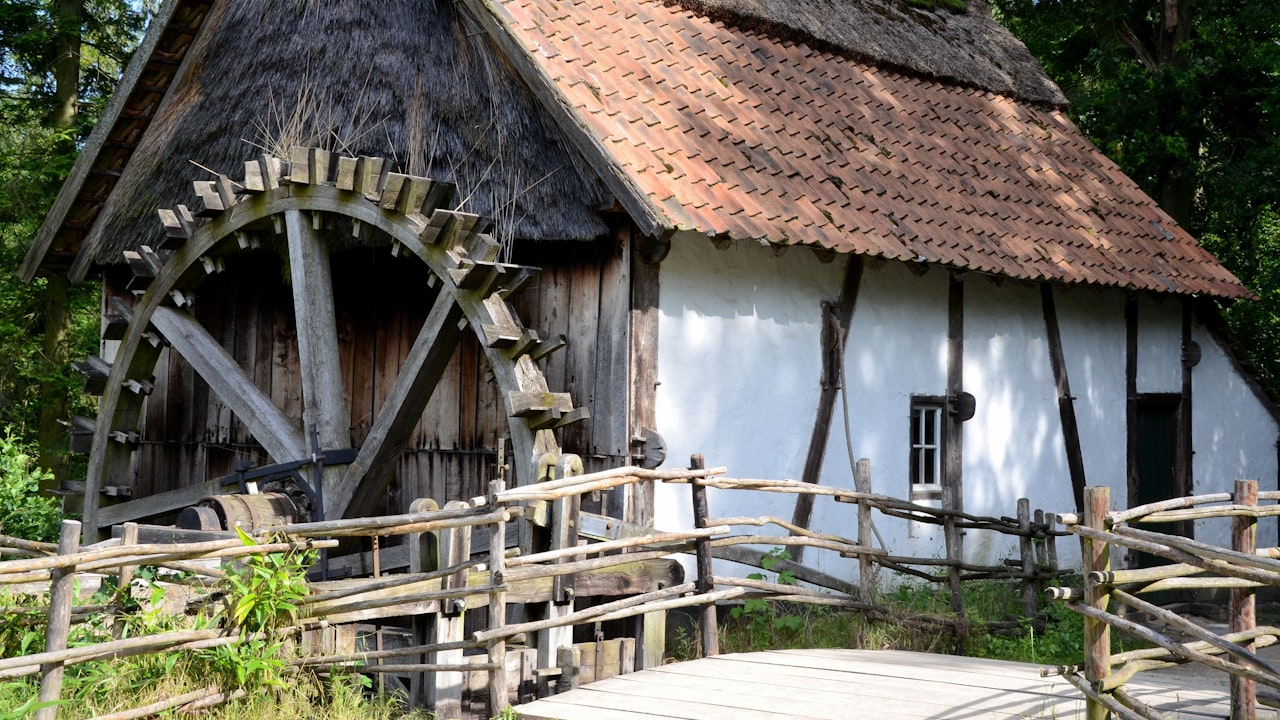A pellet mill is a machine used to make pellets out of finely ground biomass. It is sometimes called a pellet press. It works very well, and you can always count on it to produce very small pellets. It works by putting together smaller particles into a larger, homogeneous mass. This makes the small substances. It means that it doesn't break up the big things into smaller things. There are many pellet mill manufacturers that you can choose from, but you need to find a Wood Pellet Machine manufacturer that can provide finely ground biomass.
What a Pellet Mill is Used For?
Plant biomass can be used to make fuel instead of fossil fuels without any extra steps. But their low densities, which are 150–200 kg/m3 for woody and biomass 80–150 kg/m3 for herbaceous biomass make it hard to use them to make energy. Then, these materials need to be made denser to increase the bulk densities. One way to make something denser is to make it into pellets.
A pellet mill's job is to bring the pieces of powdered materials closer together so that the forces between the parts get stronger and stronger. This makes the pellets, which are made of densely packed bulk materials, stronger. Most of the time, pellet mills turn biomass wastes like a forest, agricultural, and industrial waste into fuel pellets. These pellets are used by homes and large industrial plants to heat, cook, and make electricity. Or, you can use a pellet mill to make poultry feed pellets.
How Are Wood Pellets Used?
Most pellet mills on the market are made to make fuel pellets, especially wood pellets. Wood pellets are a type of dense biomass fuel that can be used instead of fossil fuels. Wood pellets are cylinders of compressed biomass with a diameter of 6mm or 8mm and a length of no more than 40mm.
They are made from wood chips, shavings, and sawdust that are left over from the forest industry. Most condensed wood pellets have a low amount of moisture, a high heating value, and burn well, making them popular worldwide.
Regarding pellet quality, pellet makers are asked to make pellets that meet the quality standards of the countries where the pellets will be sold or used. Since different countries in North America and Europe have different standards for wood pellets, the European Pellet Council came up with a new standard called ENplus. It is meant to replace all the other standards in the near future.
How Does a Pellet Mill Produce Wood Pellet?
In general, if you take a biomass pellet mill as an example, there are three stages to the densification of the raw material. Initial stage involves reorganization of the particles into a compact mass without significantly altering their fundamental properties. The energy is lost through friction between the particles and the wall. In the middle stages, the particles are pushed together and go through plastic and elastic deformation, making contact between the particles much stronger. In the last stage, the high pressure put on the pellets by the pellet mill makes them much denser. After going through the three stages, the deformed and broken particles won't be able to move because there will be less space between them, and they will all fit together.
Summing Up
A pellet mill is a machine used to make pellets out of finely ground biomass. It works by putting together smaller particles into a larger, homogeneous mass. Most of the time, pellet mills are used to turn biomass wastes like forest and agricultural wastes into fuel pellets. Wood pellets are cylinders of compressed biomass with a diameter of 6mm or 8mm and a length of no more than 40mm. They are made from wood chips, shavings, and sawdust left over from the forest industry. Most wood pellets have low moisture, a high heating value, and burn well.


